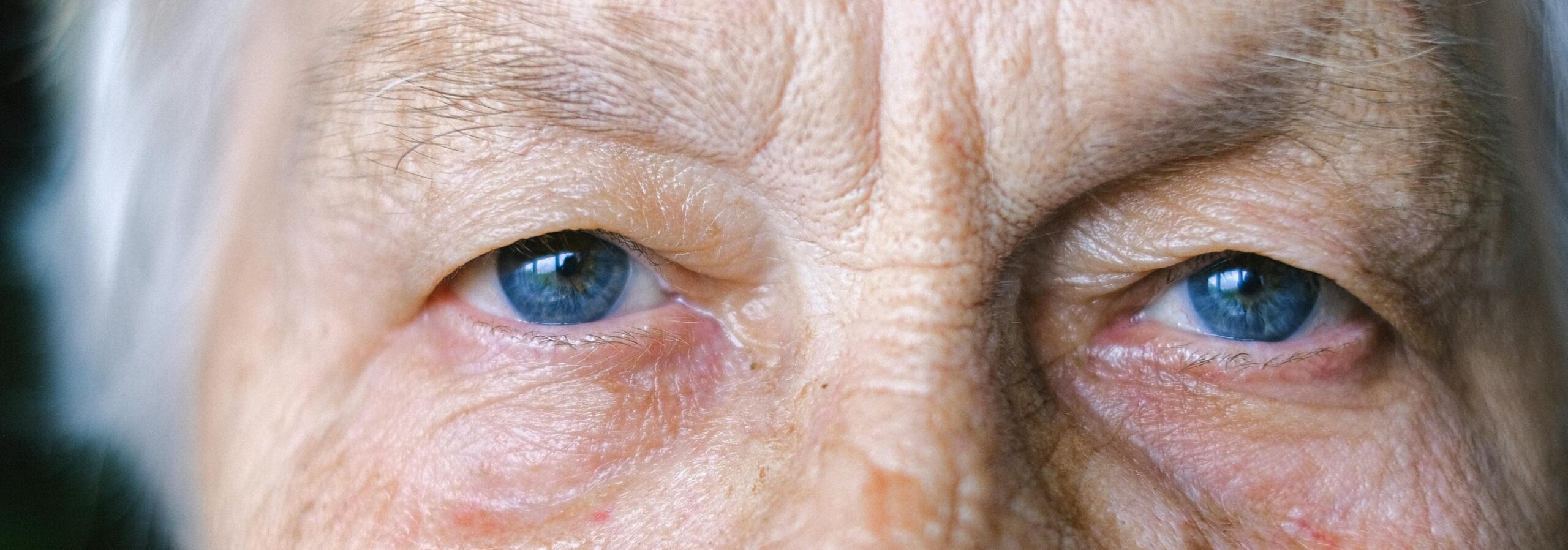How Durysta Implants Treat Glaucoma
Durysta Glaucoma Treatment San Diego
Glaucoma is a common condition in which the pressure inside the eye goes up. This can damage important structures inside the eye. If left untreated, it can lead to vision loss. Worldwide, glaucoma is the leading cause of irreversible blindness. It’s sometimes referred to as “the silent thief of sight,” because it often doesn’t cause any symptoms until after vision loss has already occurred. This is why regular eye exams, including glaucoma screening, are so important.
Fortunately, there are effective treatments for glaucoma that can help to prevent vision loss. One of the newest options is Durysta. This tiny implant offers convenient and effective treatment for people with glaucoma.
How does Durysta work?
Durysta contains a medication called bimatoprost, which is a type of medication known as a prostaglandin analogue (PGA). PGAs mimic natural substances in the body known as prostaglandins, which are involved in regulating many different functions in the body, including the drainage of fluid from inside the eye. PGAs act on two different pathways to open them up, allowing fluid to drain from the eye more effectively. This reduces the pressure inside the eye.
PGAs have been used for years to manage glaucoma. They’re typically given as eye drops, and must be used every day in order to keep pressure in the eye from rising. Durysta uses this same type of medication, but instead of eye drops, the medication is given in the form of an implant.
The tiny Durysta implant is placed just in front of the iris, which is the colored part of the eye. It gradually dissolves over a period of a few months. As the implant dissolves, the medication is gradually released.
Benefits and risks of Durysta
Durysta has a number of advantages over other ways of managing glaucoma:
- Convenience. A patient using Durysta doesn’t need to remember to use eye drops every day. This can be a major hassle for many glaucoma patients, particularly when they’re traveling.
- Consistency of dosing. The Durysta implant releases medication gradually over time. This means that the medication is constantly present, instead of only being given once a day when the patient takes their eye drops.
- Adherence. Patients using eye drops sometimes forget to take them. Studies have shown that only about 20% of patients are able to consistently remember their eye drops, and this is a major reason why treatment may be ineffective. Durysta eliminates this concern, ensuring that the patient will receive the medication they need.
- Location. With Durysta, the medication is delivered directly into the eye, rather than being applied to its surface as eye drops are. This gives the medication more direct access to the tissues where it acts.
While Durysta has a number of benefits over eye drops, it does carry certain risks. Because it involves an injection into the eye, there’s a small risk of infection associated with the placement of Durysta. It can also sometimes lead to the loss of cells from the inner surface of the cornea (the clear tissue at the front of the eye). People who have problems with the cornea may not be good candidates for Durysta treatment.
In addition, Durysta carries the same risks that PGA eye drops do. Some patients using PGAs experience darkening of the iris, inflammation inside the eye, or swelling of certain tissues of the eye. It’s important to be aware of these risks, and to balance them against the risk of vision loss associated with untreated glaucoma.

What is it like to have Durysta placed?
Durysta can be placed here in our office. First, numbing eye drops are placed into the eye to ensure your comfort during the procedure. Antibiotic eye drops are also used to decrease the risk of infection. A small needle is then used to inject the Durysta implant through the cornea and into the space just in front of the iris. The entire procedure takes only a few minutes.
You’ll need to keep your head elevated for the first day after the injection, to allow the implant to settle into the correct position. It’s also important to avoid touching or rubbing your eyes for the first 72 hours after the procedure. You’ll also want to avoid strenuous activity during this time, but you can mostly continue with your usual daily activities, with no major downtime needed.
Durysta generally lasts for about four months. Even after the implant has dissolved, many patients continue to have lower pressure inside the eye for up to two years. This is because the medication causes long-term changes in the tissues of the eye, allowing fluid to drain more effectively even after the medication is no longer present.
Durysta Glaucoma Treatment San Diego
Durysta represents a major advancement in glaucoma treatment, and has helped many patients achieve better control of their glaucoma. If you or a loved one is experiencing glaucoma, and you’d like to consider treatment with Durysta, please schedule a consultation with one of our experienced eye surgeons. They’ll let you know whether you’d be a good candidate for Durysta, and will discuss this treatment and your alternatives so you can make an informed decision. Simply contact our front desk staff to schedule your consultation appointment.



